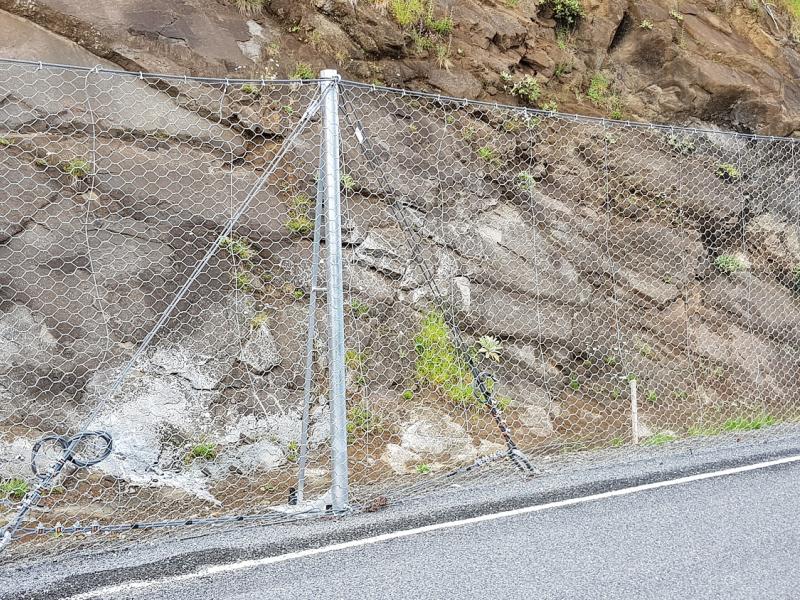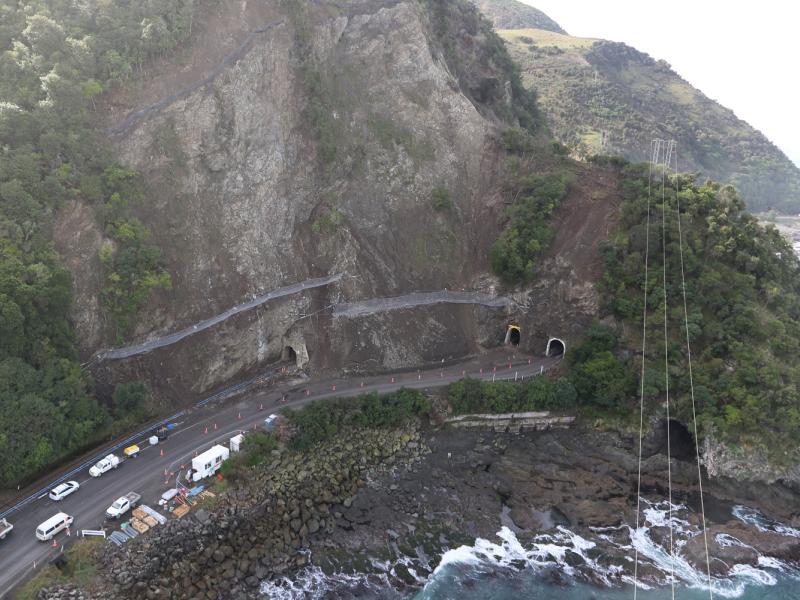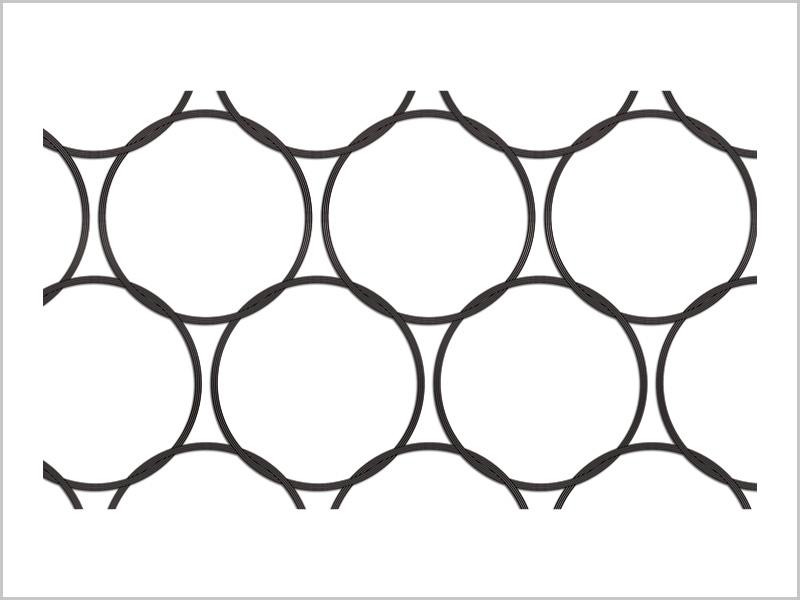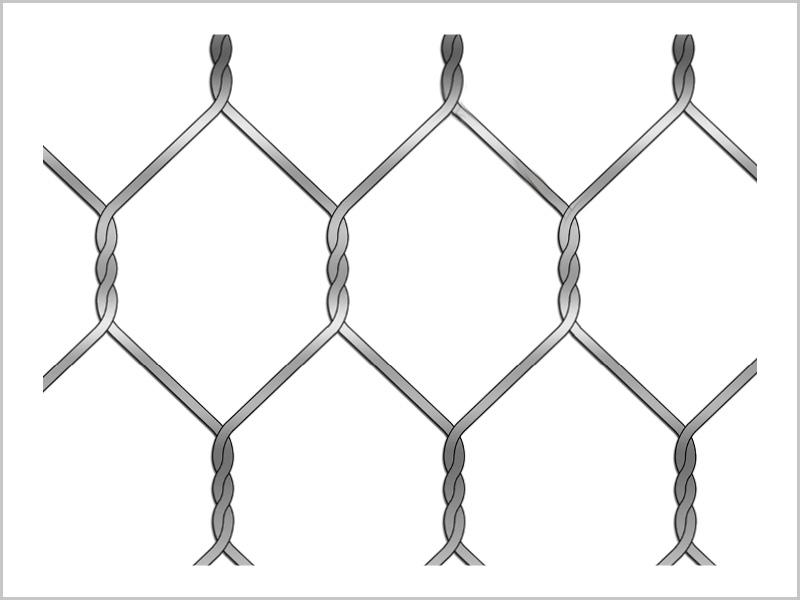
East Gate Slip
Fiordland in the lower South Island of New Zealand is a very high rainfall intensity area with high landslide and rockfall hazards.
The area is surrounded by its mountainous terrain and stunning landscape. Located in the region is Milford Sound, a world-renowned tourist attraction which has attracted thousands of tourists to the area every year. SH94 Milford Road is the only route for tourists travelling in and out of the tourist destination from a nearby town- Te Anau. One of the sites along Milford Road that has been impacted by rockfall and shallow landslides over the past decades is known as ‘East Gate Slip’, 87 km North of Te Anau.
Milford Road Alliance MRA (which comprise of Downer Ltd and New Zealand Transport Agency) and the consulting engineer - Golder, are tasked to provide a solution to the problem and mitigate the risk to road users. Historical data maintained and recorded by the MRA suggest that most of the rock sizes fallen over the years range between 0.2 m up to a maximum of 1.0 m in diameter. Among many remedial measures considered for the site, the following options were suggested:
1. Do nothing- the risks were too high to not do anything for this site
2. Scale and trim slope- Reduces risk to road users but not to an acceptable level
3. At source slope protection with meshing and top anchors-Reduces risk but not suitable as a measure for the occasional shallow landslide problem
4. Construct a toe retaining structure with wide horizontal bench at the top- this option is deemed to be too costly with too much disruption to the environment
Other options considered but not pursued include:
a. Construct a reinforced soil bund at toe - there was insufficient space at toe
b. Shift the road - too costly and constraint by Hollyford River
The final decision from the team was to install a 2000 kJ Maccaferri RMC200A certified fence – some distance from the road level to intercept any rock fall and moderate level of shallow landslide. It has been identified that the fence is designed for rock sizes of between 0.5 m to 1.0 m in diameter with multiple impact scenarios, bringing the assessed risk levels to an acceptable level.
Considering a range of potential issues affecting each option, including the ability to mitigate the range of identified hazards, necessity for road closure, cost considerations and constructability; the fence option offered was the most suitable for the site and balances each requirement. The fence was judged to meet adequate safety requirements for the site and reduce the risk to road users to an acceptable level. Given the ability of the fence to arrest shallow landslides, this option also brings the safety requirement against debris slide to an acceptable level. It is worth noting that the largest landslide (approx. 1000 m3) that has affected this site would likely overwhelm the fence.
The installation of the fence began with the setting out and drilling of the anchors, followed by concrete foundation for the base plates. The above ground structure (fence components) was installed by specialist abseiling team, Heads Up Ltd, upon the completion of the anchors/foundation construction. The entire process for this 4 m x 50 m long fence took two to three weeks to complete.
Immediately upon completion, the fence was impacted by fallen trees of 400-500 mm in trunk diameter. The fallen trees were successfully stopped by the fence with marginal activation of the energy dissipater, no replacement of any fence components was required as the impact energy was minor.
DOWNLOAD THE CASE STUDY






